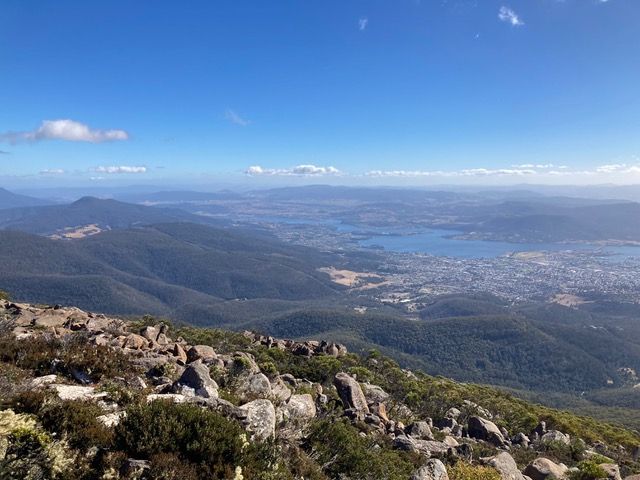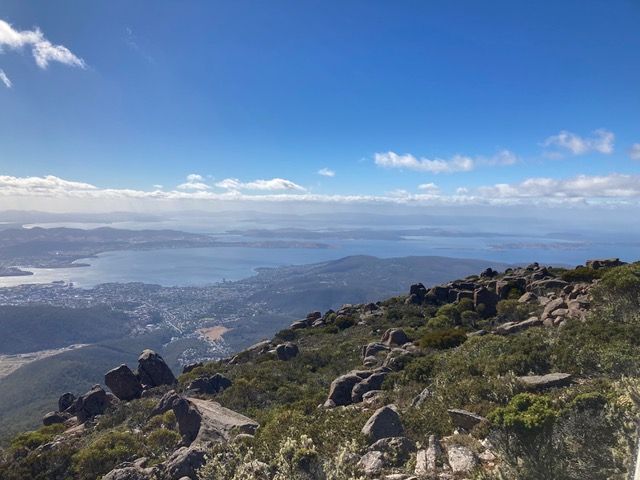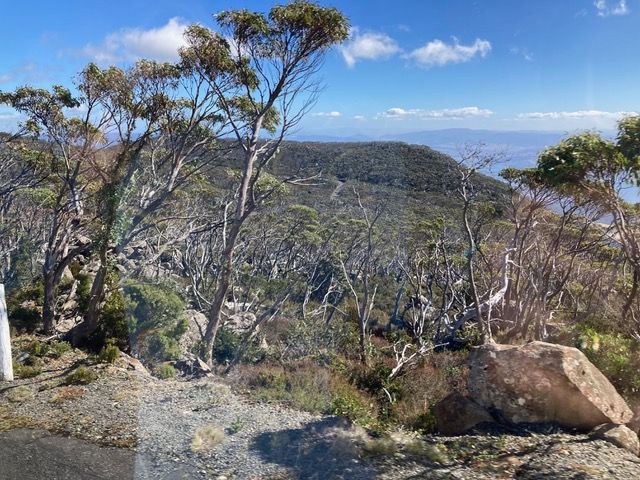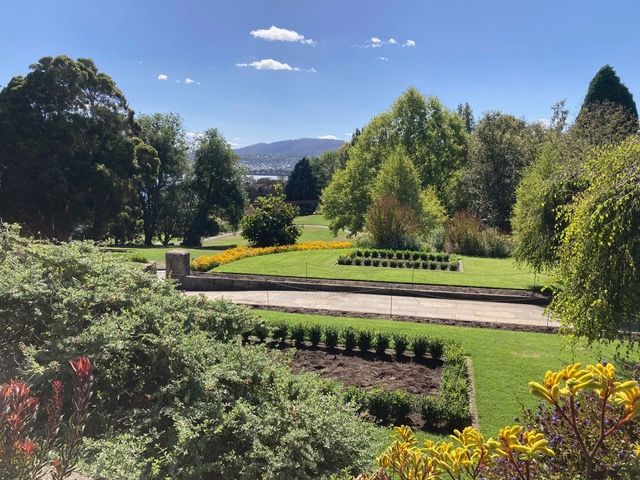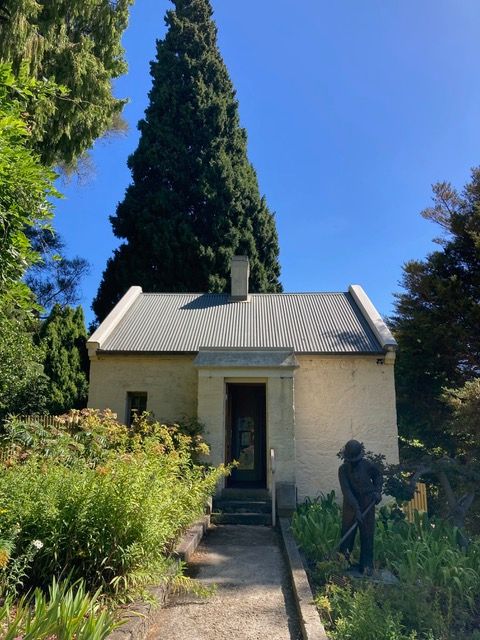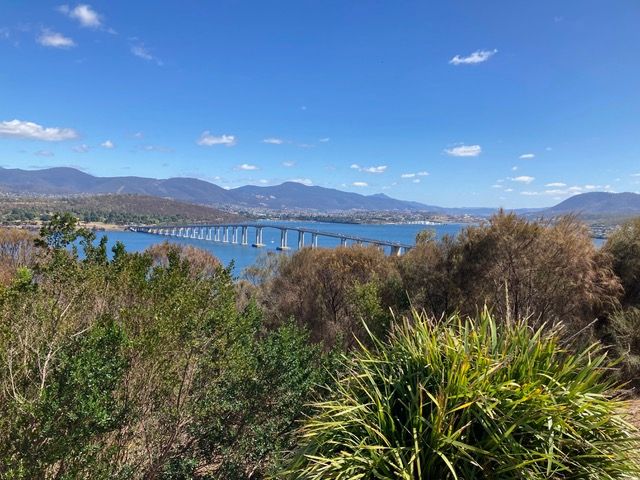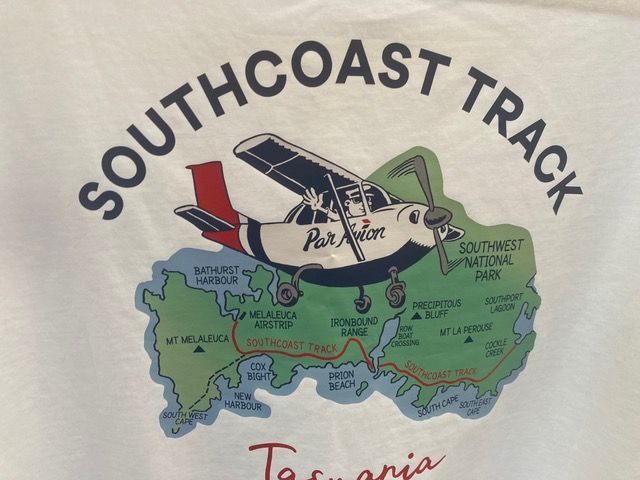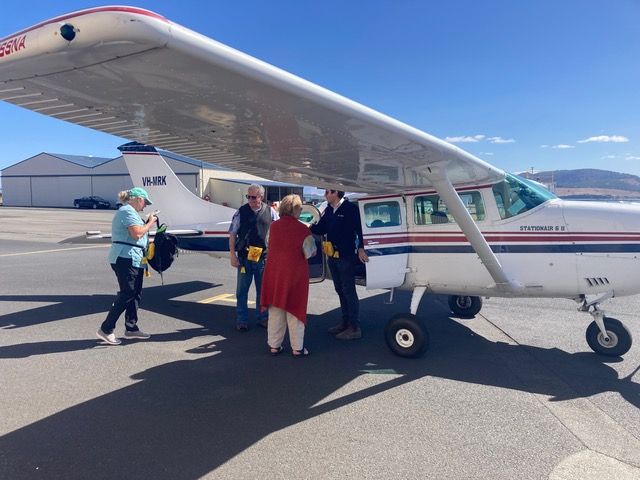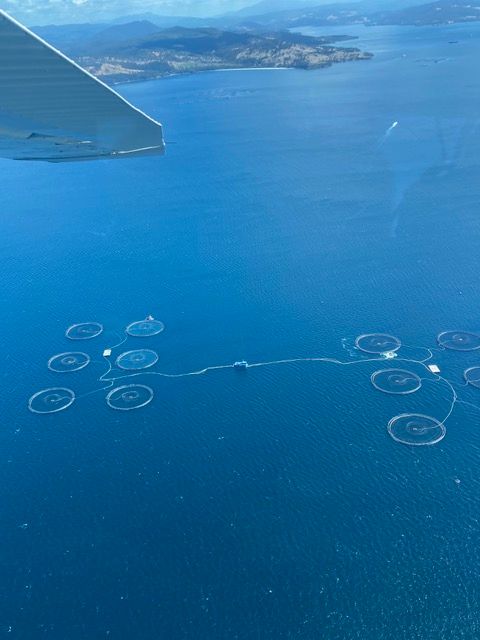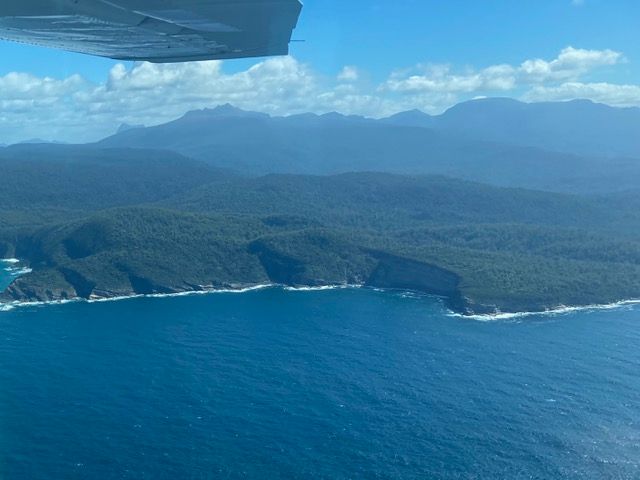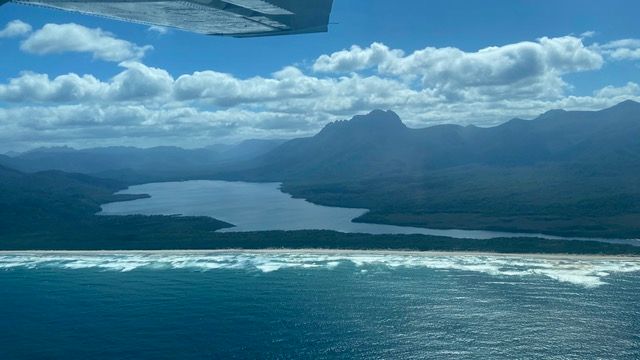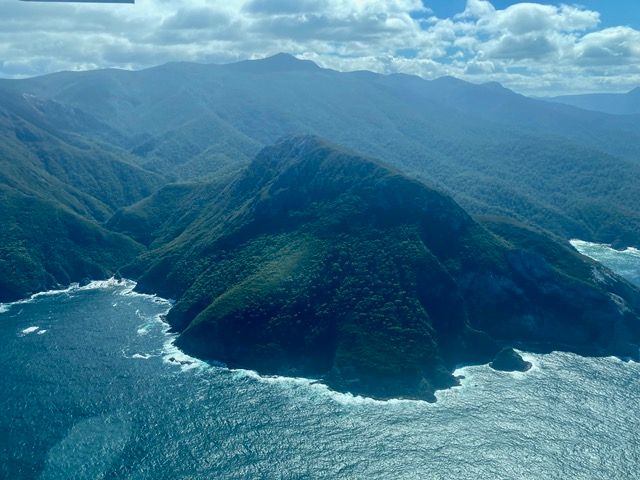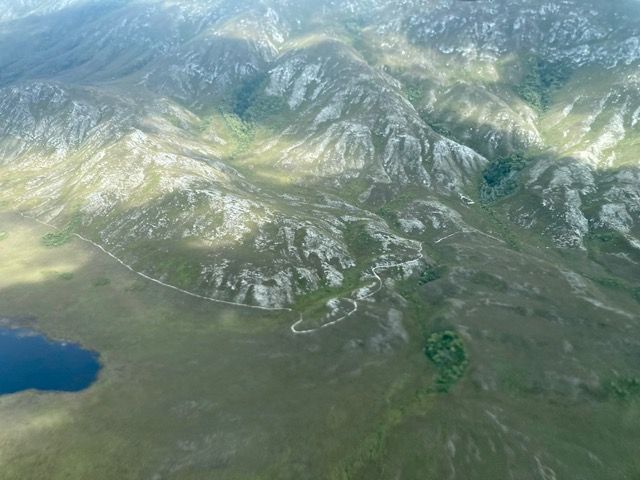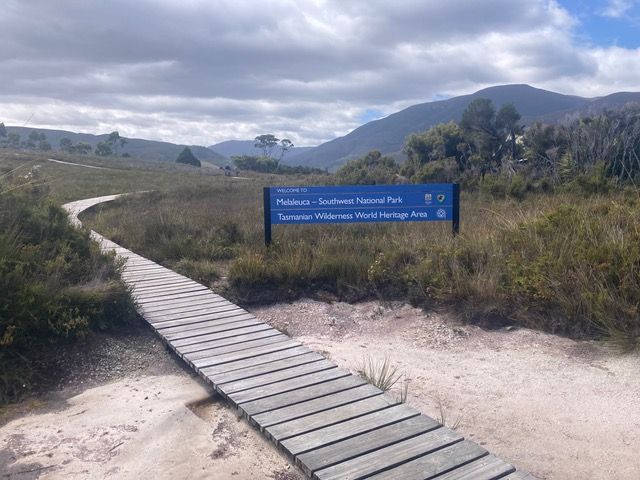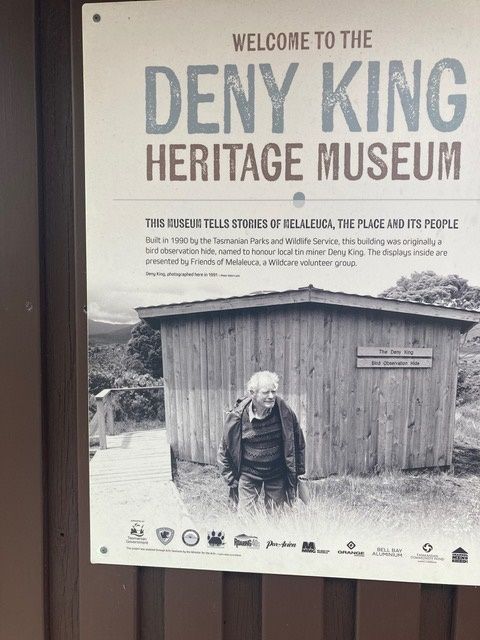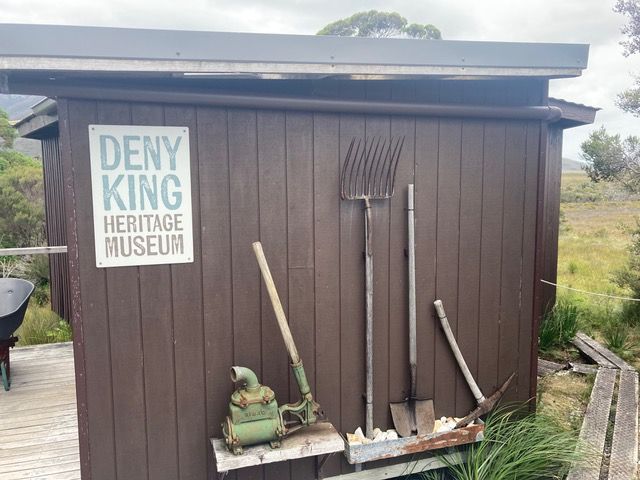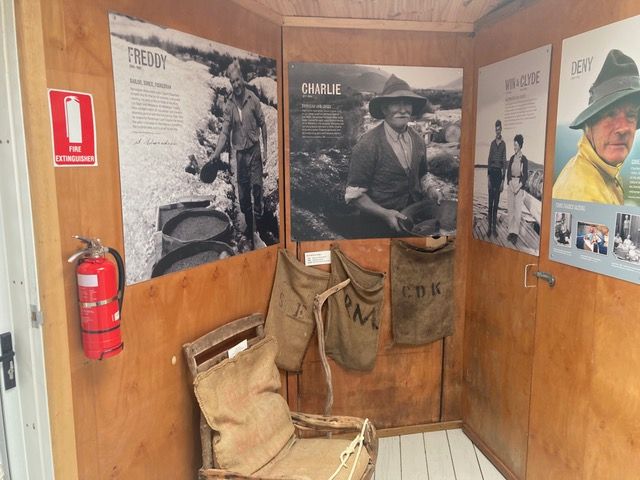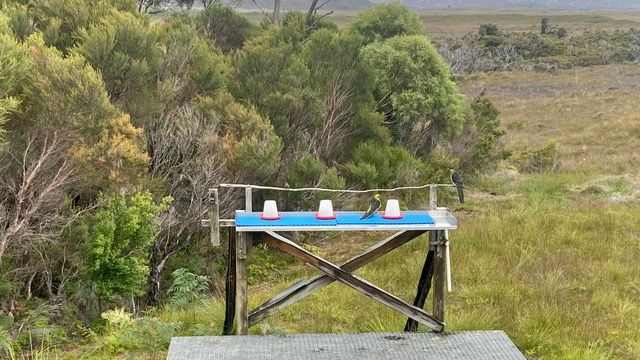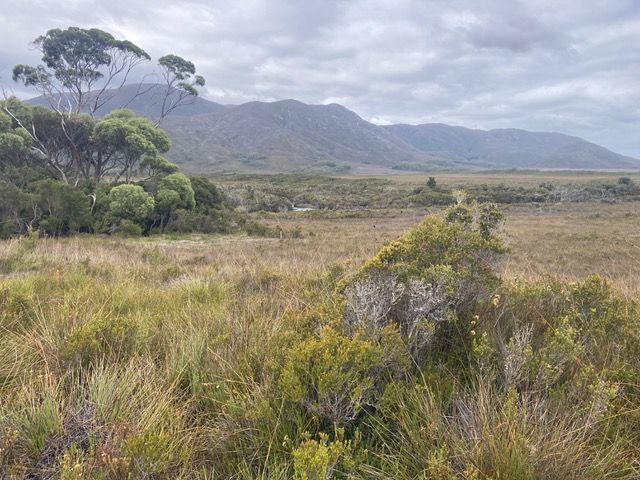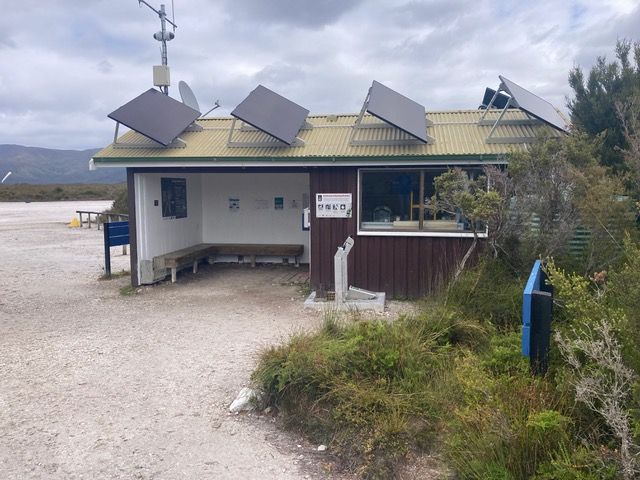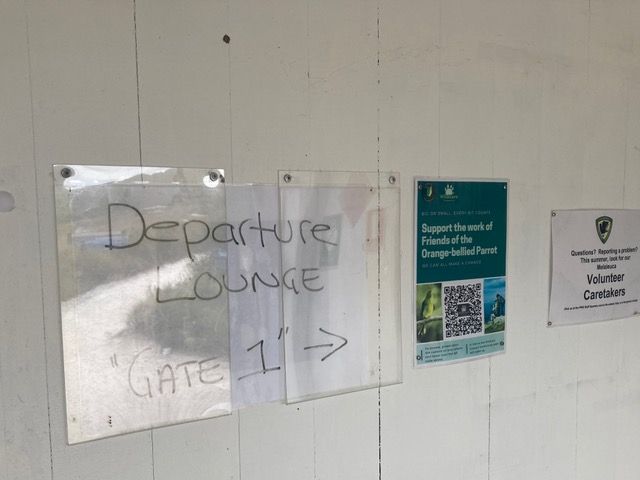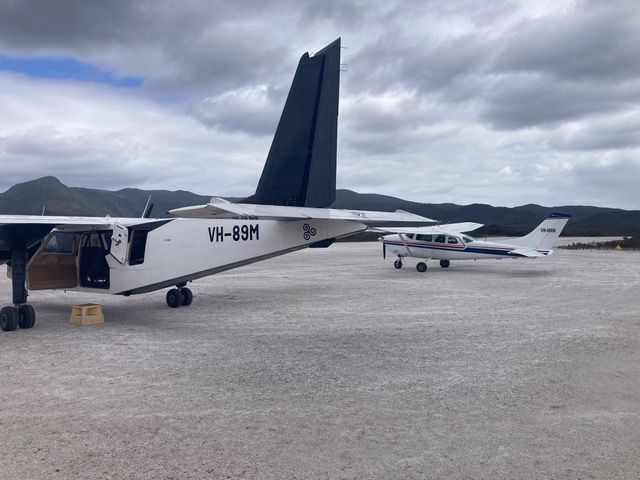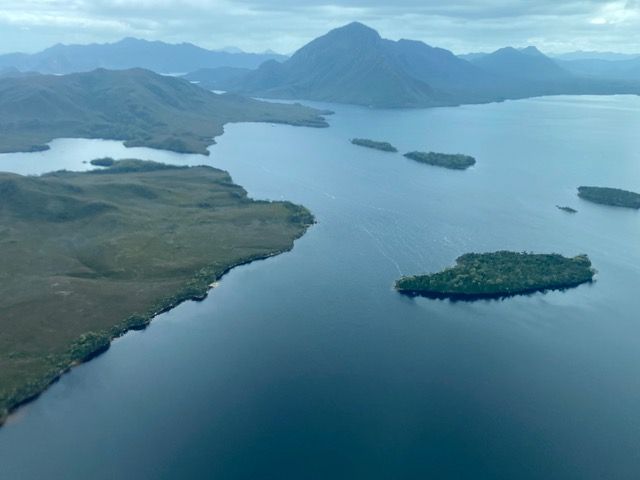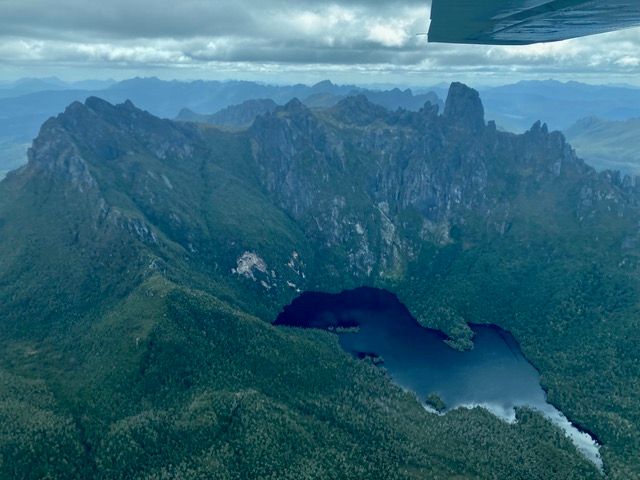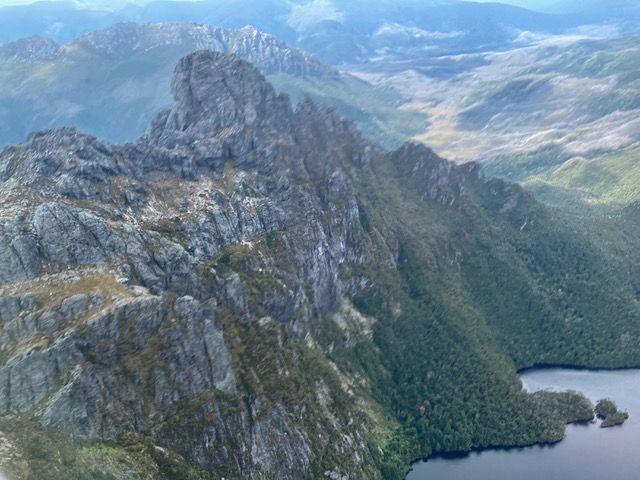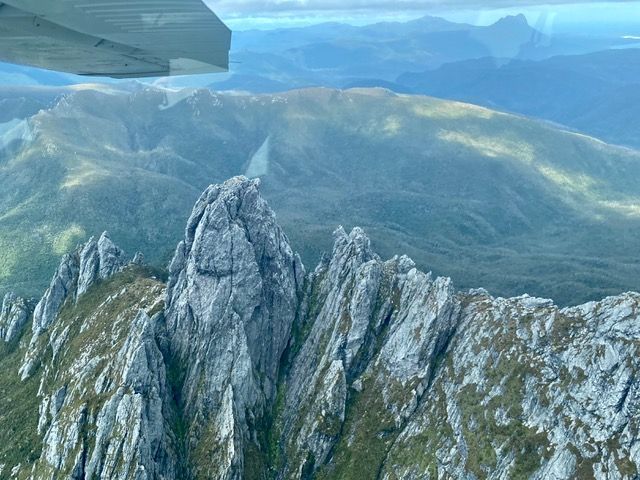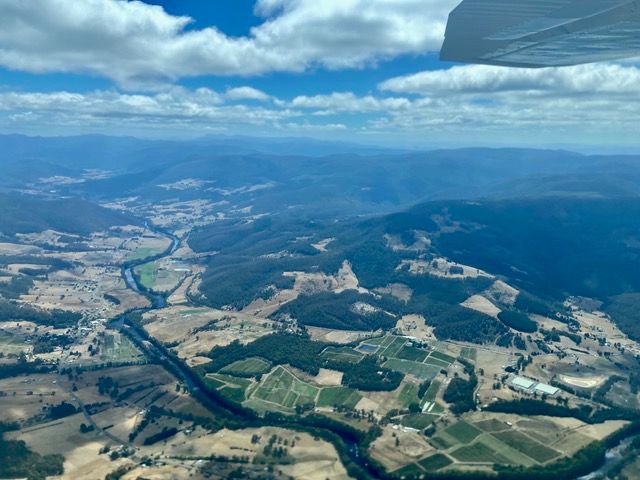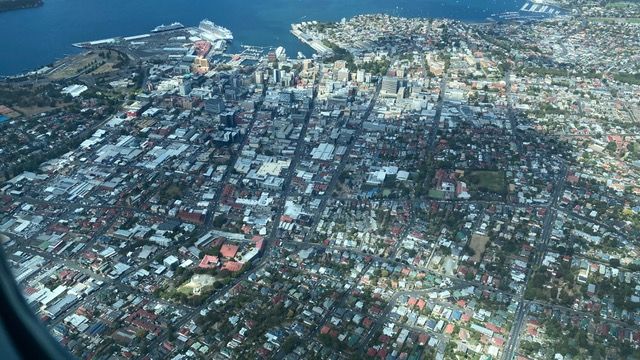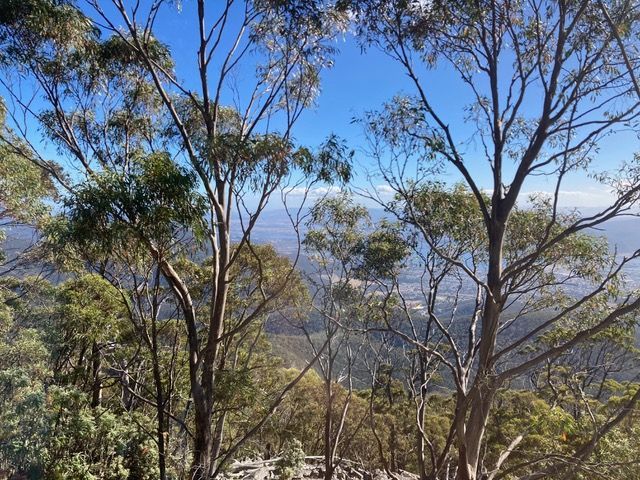
Spectacular Tasmania
Embarking on their Tasmanian adventure, the two travellers eagerly diverge paths, each set on their unique excursion through the captivating landscapes and rich cultural tapestry of this island paradise.
One of the excursion tours started with a 21 km drive to the summit of Mt Wellington, at 4,170 feet above Hobart, a narrow winding road with oncoming traffic creating a real issue for the bus on the way up, rental cars coming down without a clue as to making room for the bus, at one stage the driver had to get out of the bus and guide the car whose driver didn’t know how to reverse into a safe space!
It was evidently bitterly cold with a strong wind blowing but the views over Hobart were worth it.
The tour then took us to the Royal Tasmanian Botanical Gardens, unfortunately only for 40 minutes which wasn’t enough to scratch the surface let alone getting to the Japanese garden which we really wanted to see, we will have to save that and MONA, the Museum of Old and New Art for when we return as we are now determined to spend some time in Tasmania in the future. The tour finished by crossing the Tasman Bridge over the River Derwent to view Hobart from the other side of the river, before returning to the ship.
This bridge, incidentally was the subject of a major disaster in January 1975 when a bulk carrier the SS" Lake Illawarra” loaded with zinc concentrate collided with 2 pylons and collapsed an 127 metre section of the bridge onto the ship, sinking her and costing the lives of 7 crew, and 5 motorists who drove over the severed end. It took two yers to repair the bridge, the ship itself sunk in 35 meters of water, and apart from the bow section lies there to this day.
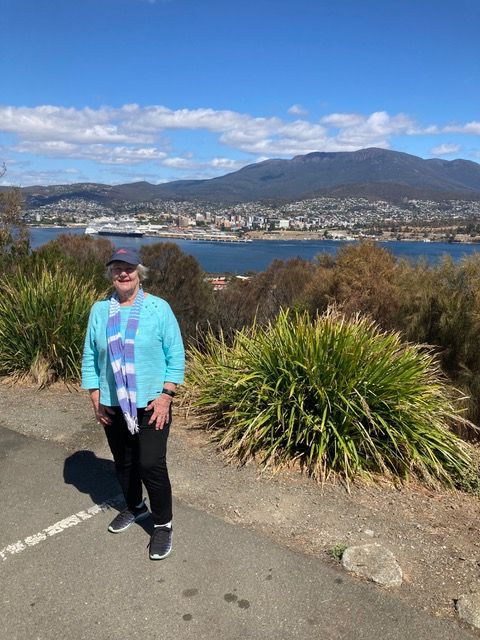
The other excursion was flying into the remote Southwest National Park, an uninhabited wild area save for trampers on the 82 km South Coast Track, a 7-12 day hike, and voluntary rangers stationed there in an effort to preserve a near extinct orange bellied parrot. Our destination was Melaleuca, a rough airstrip shaped by a resident tin miner Deny King who held a prospecting licence there to recover the mineral Cassiterite from beneath the peat and ship it out on his schooner, as until the airstrip was cleared the track and the sea were the only means of access. Tin mining continued until 2011, the descendants of the mining families still have their shacks there which we were told they still visit in the summer but apart from them, the trampers and the rangers, the only people that visit are groups like us.
There were 10 of us from the ship, it took 2 planes to get us there, I was with 3 others who flew in a Cessna Stationair 6 II, the others were in a twin engined Britten Norman Islander, after take off we flew for an hour, across Bruny Island, and the prolific salmon farming, then leaving civilisation behind as we followed the route of the South Coast Track and all its rugged beauty to Tasmania’s southern most point before turning in and landing at Melaleuca.
Wild bleak and desolate would describe the landscape, we were met by two of the volunteer rangers at their shed where we had to disinfect our footwear as we do in our kauri forests at home, the a short boardwalk to a building constructed as a bird observation station, now a tiny heritage museum to Deny King and the hardy pioneers who once inhabited this isolated and unforgiving terrain, where our pilots had a prepared lunch for us, including a Tasmanian Pinot Noir of all things! Time to absorb the history displayed and to watch the antics of the Rosellas jealously guarding the bird feeding stations just outside our window.
An hour or so on the ground, then the return flight over Bathurst harbour and across the rugged mountain ranges, getting close and personal with Federation Peak at 4180 ft, which marks the southern end of the Eastern Arthur Range. Sir Edmund Hillary, in later life, evidently spent considerable time exploring this rugged part of the national parks with Deny King and was reputed to have told him that in his opinion FederationPeak was the only true mountain in Australia.
From the mountains we then flew over areas still being logged, the Huon Valley where Tasmania’s apples were once grown, past Mt Wellington, over Hobart, then into Cambridge airstrip to the east of Hobart from whence we came.


